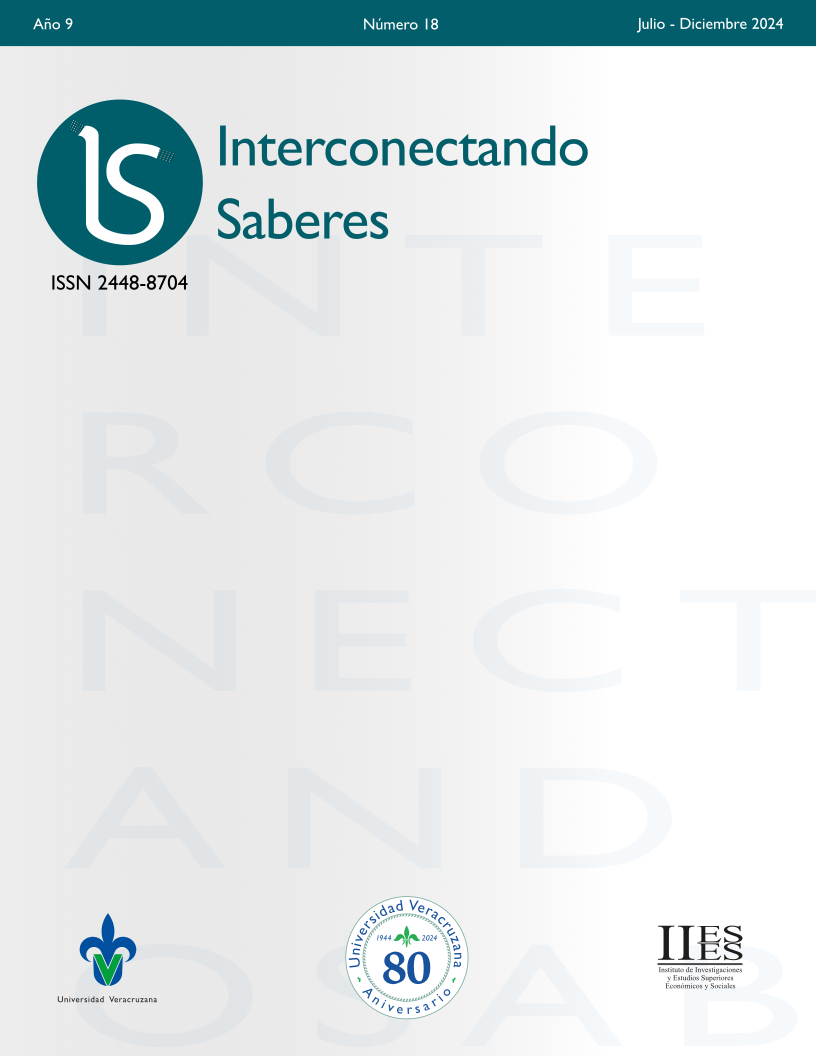Abstract
Currently, the state of Veracruz has seven Metropolitan Zones (MZ), also called agglomeration economies, which have not been able to generate a multiplier effect towards the adjacent municipalities of their central urban nodes, preventing larger economies of scale from being generated in urban areas and form a basis for their economic growth. We consider that this circumstance is because there is an economic concentration called Economic Macrocephaly and the appearance of dormitory cities. Very important conditions for the economic development of the state of Veracruz. Therefore, this article aims to determine whether in the central cities or urban nodes of the MZ of Veracruz there is a concentration of economic activities and dormitory cities through their economic units and the distribution of their economically active population employed by workplace. We conclude that the MZ present Economic Macrocephaly and this generated the appearance of dormitory cities on the periphery of their nodes.
References
Auditoría Superior de la Federación. (2018). Fondo Metropolitano Ramo 23. https://www.asf.gob.mx/Trans/Informes/IR2018c/Documentos/Informes_Especiales/2018_AEGF_3_a.pdf
Christaller, W. (1933). Die Zentralen Orte in Süddeutschland. Gustav Fischer Verlag, Jena. English translation: The central places of southern Germany (1966). Prentice-Hall.
Fujita, M. y Krugman, P. (2004). La Nueva Geografía Económica: Pasado, Presente y Futuro. Investigaciones Regionales, Secc. Panorama y Debates. (4), 177-206. http://www.redalyc.org/articulo.oa?id=28900409
INEGI. (2019). Censo Económico 2019.
Krugman, P. (1999). La Economía Espacial: Ciudades, Regiones y Comercio Internacional.
Negrete, M. y Salazar, H. (1986). Zonas Metropolitanas en México. https://doi.org/10.24201/edu.v1i1.571
Perroux, F. (1955). Note Sur. La Notion Pôle de Croissence. Économie Appliquée (8), 307-320.
SEDATU, (2023). Metrópolis de México 2020, en: https://www.gob.mx/sedatu/documentos/metropolis-de-mexico-2020?state=published
SEDESOL,CONAPO, INEGI. (2004). Delimitación de las zonas metropolitanas de México, en: https://www.inegi.org.mx/contenidos/productos/prod_serv/contenidos/espanol/bvinegi/productos/historicos/1329/702825010048/702825010048_1.pdf
Sobrino, J. (1993). Gobierno y Administración Metropolitana y Regional. México. Instituto Nacional de Administración Pública.
Vela, R. (2019). Economía Regional: Teoría y praxis. Corpus Universitario.

This work is licensed under a Creative Commons Attribution-NonCommercial-NoDerivatives 4.0 International License.
Copyright (c) 2024 Josefa Carolina Fortuno Hernández, Rafael Vela Martínez


